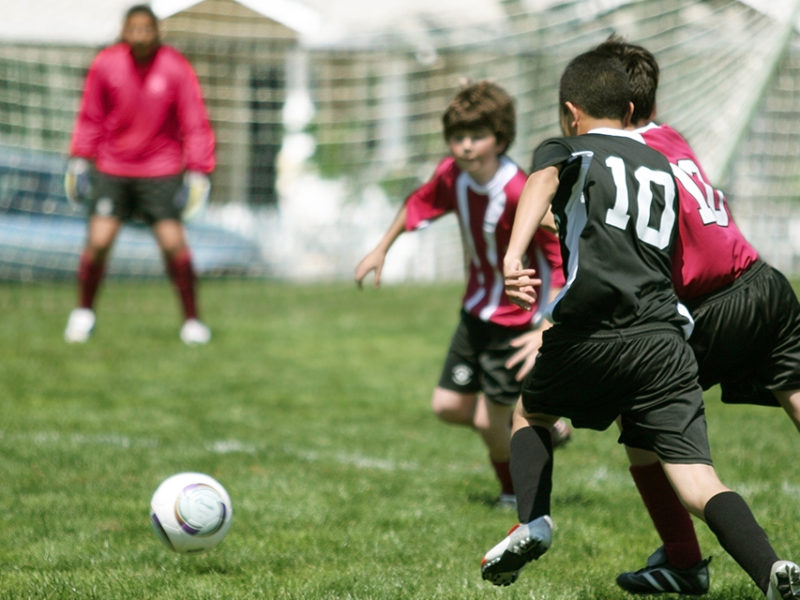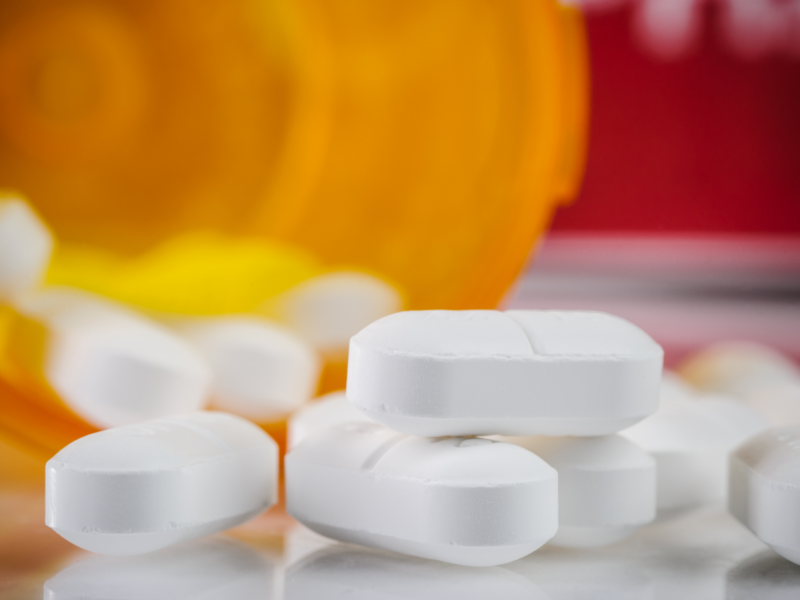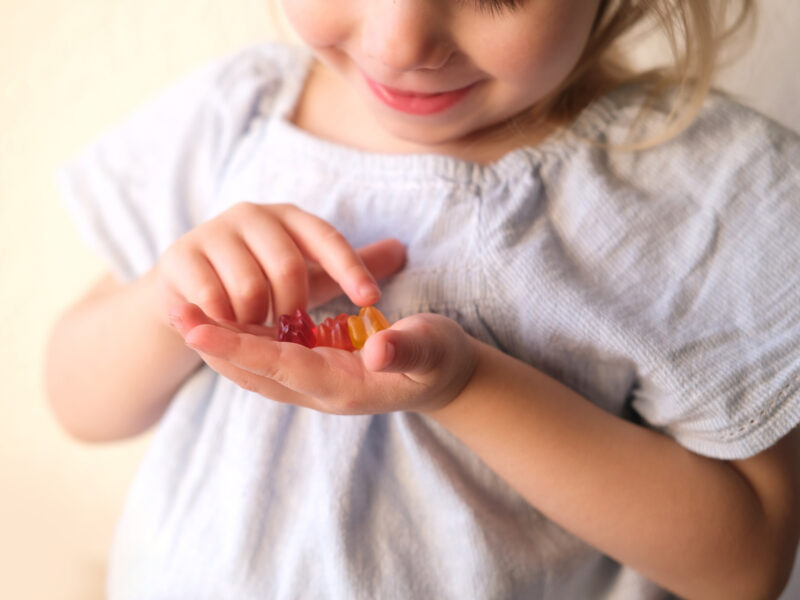Marijuana Exposure in Young Children
Marijuana Exposure in Young Children https://pediatricsnationwide.org/wp-content/themes/corpus/images/empty/thumbnail.jpg 150 150 Kevin Mayhood Kevin Mayhood https://secure.gravatar.com/avatar/bd57a8b155725b653da0c499ae1bf402?s=96&d=mm&r=g- October 23, 2015
- Kevin Mayhood
Researchers call for states to enact controls protecting all minors.
When states legalize marijuana for medical or recreational use, the number of children younger than 6 exposed to the drug spikes that year and continues to rise annually, researchers at Nationwide Children’s Hospital report.
And the number of children classified as victims of major exposures — those requiring intervention for coma, seizures and changing blood pressure — also rises, national poison control center data shows.
The trends were consistent among the 20 states that legalized marijuana by 2013, according to a recent study led by Gary Smith, MD, DrPH, director of the Center for Injury Research and Policy at The Research Institute at Nationwide Children’s.
“We urge states, any time they’re going to take the step to legalize marijuana for medical or recreational use, to include regulations to prevent young children from being exposed as part of their plan,” says Henry Spiller, MS, D.ABAT, director of the Central Ohio Poison Center at Nationwide Children’s and co-author on the study.
Spiller and colleagues call for child-resistant packaging in homes where children reside and educating buyers to keep marijuana products out of children’s reach.
“These kids aren’t trying to get high,” Spiller says. “They watch their parents and mimic them.”
The products — cookies, brownies, gummies and fizzy drinks — are familiar and more enticing than ground-up pot leaves and often have a higher concentration of the active ingredient tetrahydrocannabinol (THC).
Because marijuana has been a federally classified Schedule 1 controlled substance, its safety and effects haven’t been rigorously studied. Pediatricians are concerned exposure may inhibit normal cognitive development. The drug may exacerbate symptoms of depression and anxiety and increase the risk of psychosis in adolescents and adults.
Colorado, the first state to legalize marijuana for medical and recreational use, began requiring child-resistant packaging in February.
To protect minors of all ages, states should take more steps and be willing to enact new regulations as needs arise, says Brendan Saloner, PhD, assistant professor of Health Policy & Management at the Johns Hopkins School of Public Health and author of a recent policy strategy study.
“Marijuana is changing, as are ways of consuming it and concentrating the dose,” Dr. Saloner says. “It’s important not to have the mentality that we’ll solve this once for kids and be done with it.”
Dr. Saloner urges states to take the following steps:
- Ban colorful packaging and marketing using animals and characters that attract children and adolescents.
- Highly tax marijuana products to make them too expensive for most adolescents to buy on the resale market.
- License pot retailers like liquor stores, limit the number and ban them near schools and playgrounds.
“We’re concerned the marijuana industry could become a sophisticated, well-financed and influential industry like tobacco and alcohol that resists every new attempt at regulation,” Dr. Saloner says.
The public and legislators are more likely to support restraint as states open the door to marijuana rather than add controls later, he says. “We think there’s a potential to go beyond the inadequate strategies we have in dealing with tobacco and alcohol.”
References:
- Onders B, Casavant MJ, Spiller HA, Chounthirath T, Smith GA. Marijuana exposure among children younger than six years in the United States. Clinical Pediatrics. 2015 Jun 7. [Epub ahead of print].
- Saloner B, McGinty EE, Barry CL. Policy strategies to reduce youth recreational marijuana use. Pediatrics. 2015 Jun;135(6):955-957.
About the author
-
Kevin Mayhoodhttps://pediatricsnationwide.org/author/kevin-mayhood/
-
Kevin Mayhoodhttps://pediatricsnationwide.org/author/kevin-mayhood/April 25, 2015
-
Kevin Mayhoodhttps://pediatricsnationwide.org/author/kevin-mayhood/April 25, 2015
-
Kevin Mayhoodhttps://pediatricsnationwide.org/author/kevin-mayhood/April 25, 2015
- Posted In:
- In Brief







